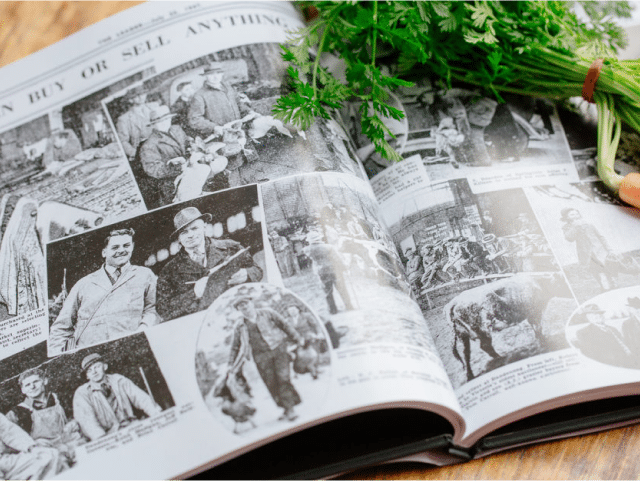Dandenong Market History
Dandenong Market has been operating since 1866 and is one of Melbourne’s oldest markets.
Citizens from the recently established Dandenong Improvement Association knew that a livestock and produce market would cement the town's position as a regional centre. So, in 1863, they petitioned the government for approval to establish a public market in their growing town.
In 1864, amongst public debate as to where to site the market, the Association called a public meeting. The group selected site on the corner of Lonsdale and McCrae St. Auctioneer Thomas Rosling leased the Market and funded the construction of the required stockyards and sheds.
10th of October 1866 was the first official public market day, selling cattle, pigs and sheep.
Thomas Rosling, with his partners, ran the market for nine years until 1873. The recently formed Shire of Dandenong took over the operation of the market.
First held fortnightly, the market was soon a weekly event. By 1870, the market had up to 300 vendors and buyers in attendance. Auctioneers sold livestock, fruit, dairy products, lard, honey, hay and other farm produce. Farmers from the La Trobe Valley and Gippsland travelled to Dandenong to buy and sell.
The market was attracting attention outside the town. 'It is of moderate size but seems to answer the purpose exceedingly well' wrote a visiting journalist. According to him, the stock sales were 'the glory of the Dandenong Market'... 'you could buy anything, from a needle to a sewing machine, from a ton of potatoes to the War Cry'.
Shop-owners established businesses around the market to service the country visitors. Tradesmen took as much money on Tuesdays as they did on all the other days of the week. In 1870, the Market comprised 311 people, twenty years later, in 1890, there were 1,134.
The town benefitted from the presence of this Melbourne market. Before other public venues opened, the produce hall hosted concerts and social events. Market managers constructed a makeshift stage, and borrowed chairs, lights and lamps. Tarpaulins and cloths were strung to make the ‘room’ exclusive.
'Dandenong was just a country town, quiet and sleepy, except on Market Days' said Walker. 'The street began filling about 8a.m., and by 10 a.m., it was massed with carts, buggies, wagons and nose-bagged horses'... 'droves of bellowing cattle poured in for every Market Day to the sound of cracking whips, shouts and barking dog - for all the world like a Banjo Patterson poem'. Spruikings of the auctioneer 'could be heard out in the main street, clear above all the rest of the noise'.
In 1926 the Market began relocating to the site where it sits today, on the corner of Clow and Cleeland Streets. Built to house 69 stalls. 'A commodious shed' would welcome produce market stallholders from the Lonsdale Street kerb.
On 4 October 1927, the market opened on its new site. The produce hall opened on the corner of Clow Street with the stock market extending up Cleeland Street.
As early as 1935, the council began to receive serious complaints about stock routes through the streets of Dandenong. Lola Marsh lived on Ann Street, one of the stock routes. 'Sometimes, you'd go out and find a great cow in your drive-way, with huge horns and it'd be a bit of a job to get it out again'.
During World War II, the market served an important function, providing vital food supplies for the war effort from local farms and factories. Dandenong established an army training camp in 1940. The Market converted part of the produce hall and the adjoining showgrounds into sleeping quarters for the recruits. This decision required traders to return to selling their wares from pavements surrounding the market, as they had done in the past.
In 1947, a Melbourne journalist in his article Dandenong's colourful market place may be shifted commented: “Livestock and other goods were sold in close proximity. In 1947, all that separated lace and other mercery from the cattle was a fence, panelled to prevent the muck soiling the goods. You step from the fashion salon where ladies frocks are displayed on coat hangers suspended from the roof, through an aperture in the canvas wall and lo, behold, you are in the cattle-sale department, where anything up to 200 milking cows are tethered tightly in rows awaiting sale and being milked by hand or machine before delivery to their new owners...”
Auctioneers sold dogs, goats and cars all in the same yard. There is nothing that you can't sell at Dandenong' declared a journalist. "Second hand cars are auctioned with the same ease as a handful of weather-worn harness, and old hurricane lamps find as many buyers as wash troughs and galvanised iron roofing.”
By the 1950s Dandenong was no longer the rural market town of earlier years. In the post war boom of the 1950s, many factories appeared in and around Dandenong. This included major industrial plants that provided employment for a population that had doubled in only 21 years. Another Melbourne journalist tried to sum up the attraction of the Market. 'It has the colour of an ancient Eastern bazaar, the speed and efficiency of a modern supermarket.'
In 1958-9 after almost 90 years of continual arguments and discussions, the stock market was finally removed from the heart of Dandenong, moving to new and purpose built facilities on Cheltenham Road behind the Dandenong rail yards. Auctioneers held the first cattle sale in January 1958. By October 1959, there was no livestock sold at the Market.
In 1961 the population of Dandenong was 24,000 people and it was one of the most important industrial areas in the state. “Shoppers could encounter the most enterprising personalities and if they knew how to bargain—perhaps buy a bedstead for two shillings, an elderly Rolls-Royce or get caught up with enthusiasm and pay a high price for a leaky saucepan.”
The 1970s heralded a new wave of migration into Dandenong. Many came from countries that still maintained a tradition of market shopping. Shoppers and stallholders both reflected Dandenong's diverse population. The variety of fresh produce and merchandise and the wide range of faces and languages made this Melbourne market special.
In 1975 the market site received an upgrade. The Market demolished the old produce hall to make way for produce and fruit halls further along Cleeland Street. A plaque on the corner of Cleeland and King Street commemorates their opening in 1976. In December that year, a six-month trial of Friday openings began.
The Market added a third trading day in 1982. With the launch of Saturday trading and Dandenong promoted itself as 'The Market Town'.
In 1993, as an acknowledgement of the sign’s social, cultural and historical significance, the Dandy Pig was officially given a new lease on life. Recovered from storage, it was proudly erected at the Dandenong Produce Market on Clow Street.
The buildings were again overhauled again in 1996. The Market looked refreshed with extensions to the fruit and vegetable section and the development of a multi-level car park.
In 1998 the population of Dandenong was 46,000 and the Market was attracting 2.5 million visitors a year. The Dandenong Stock Market which had been operating on its new site in Cheltenham Road since 1958, closed in December 1998.
Between 2005 and 2010 there was a $26 million redevelopment of the Dandenong Market. In 2006, the Market opened a new loading dock, waste areas and upgraded infrastructure. In the same year, Aldi opened a supermarket within the Market precinct. Construction of the new general merchandise hall ceased in October 2009. The produce hall opened in May 2010. Finally with the completion of the new Meat, Fish and Deli Hall, the new Dandenong Market was officially opened on Saturday 4 June 2011.
On 6 October 2013, Dandenong Market commenced trading on Sundays.
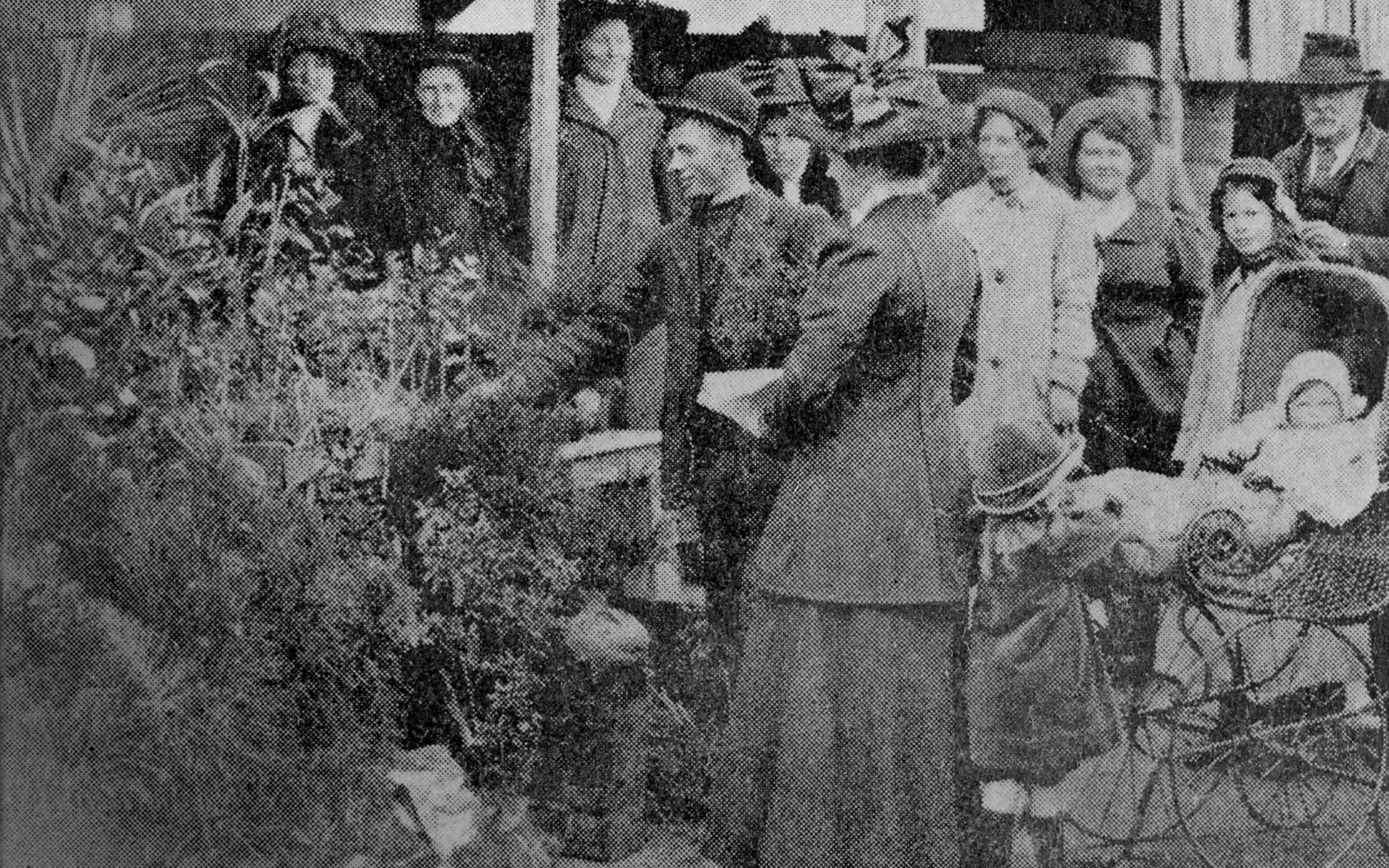
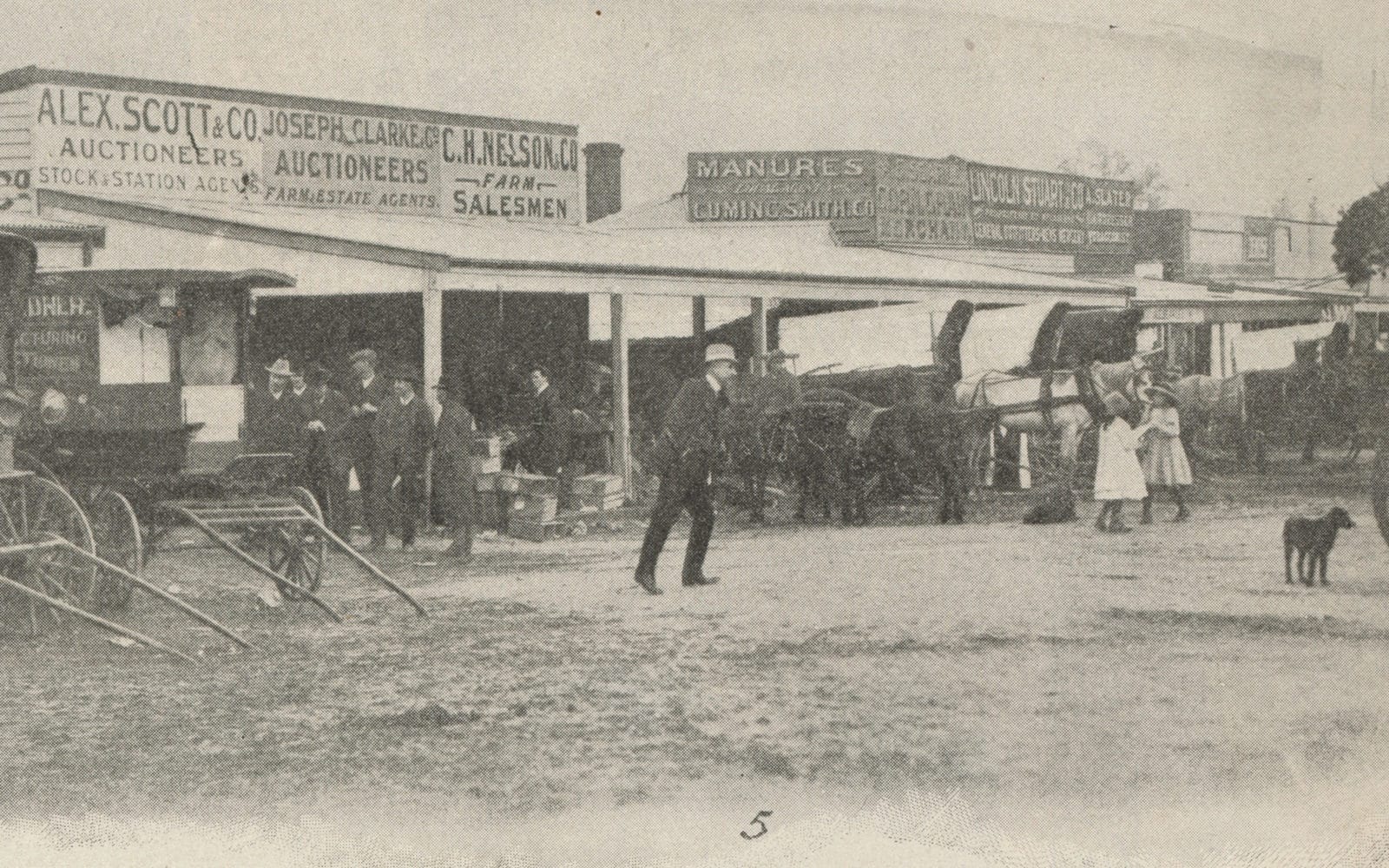
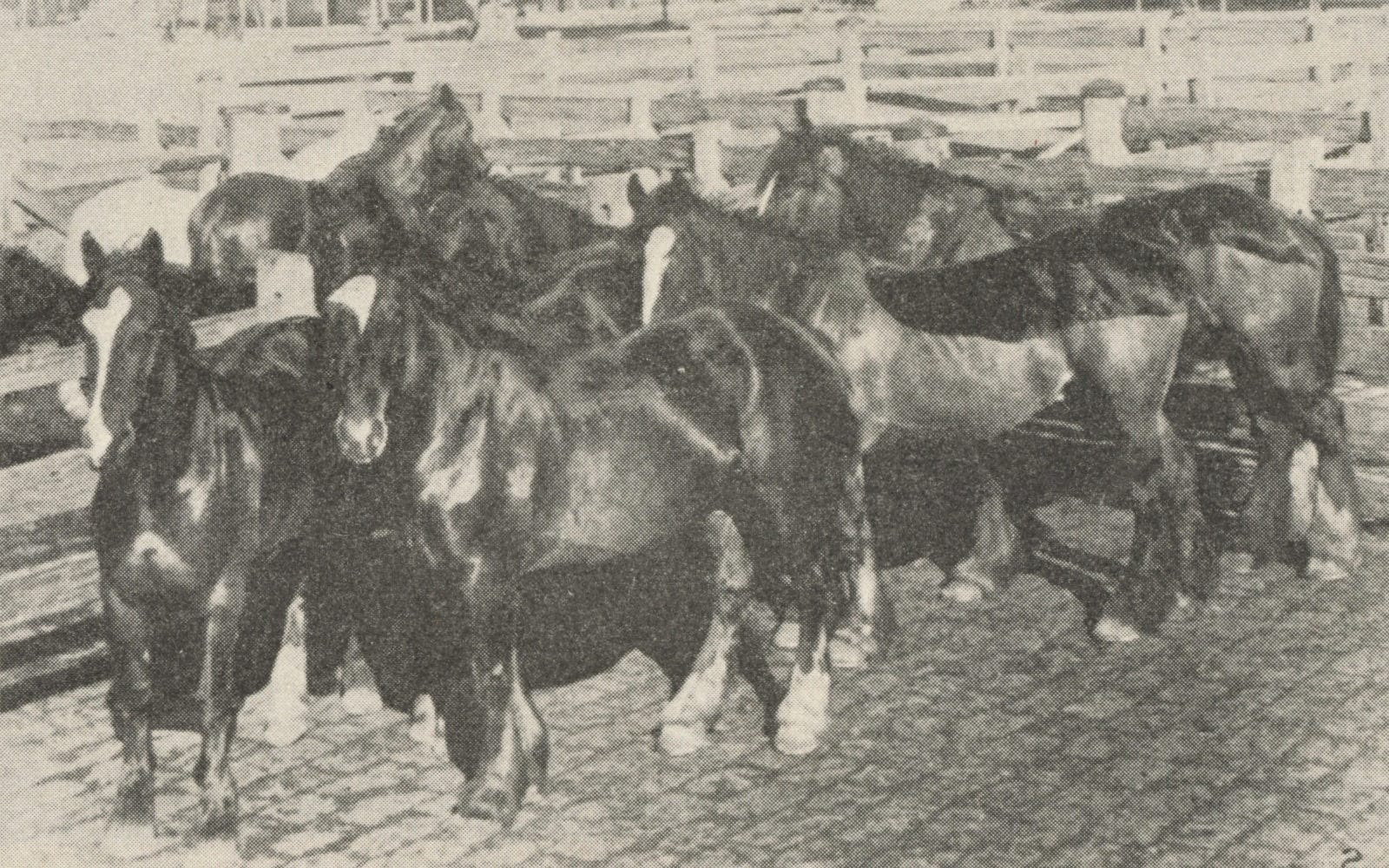




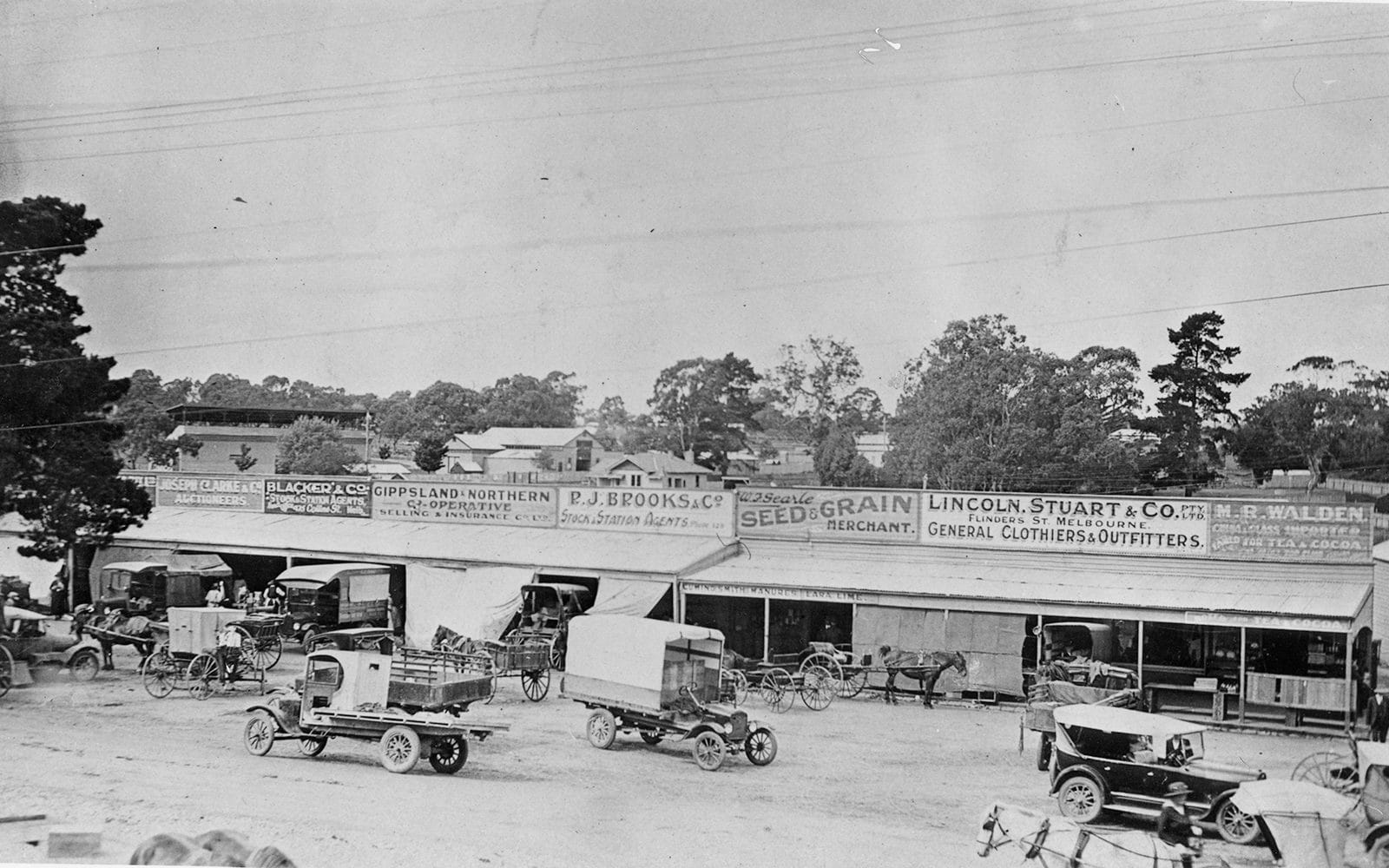
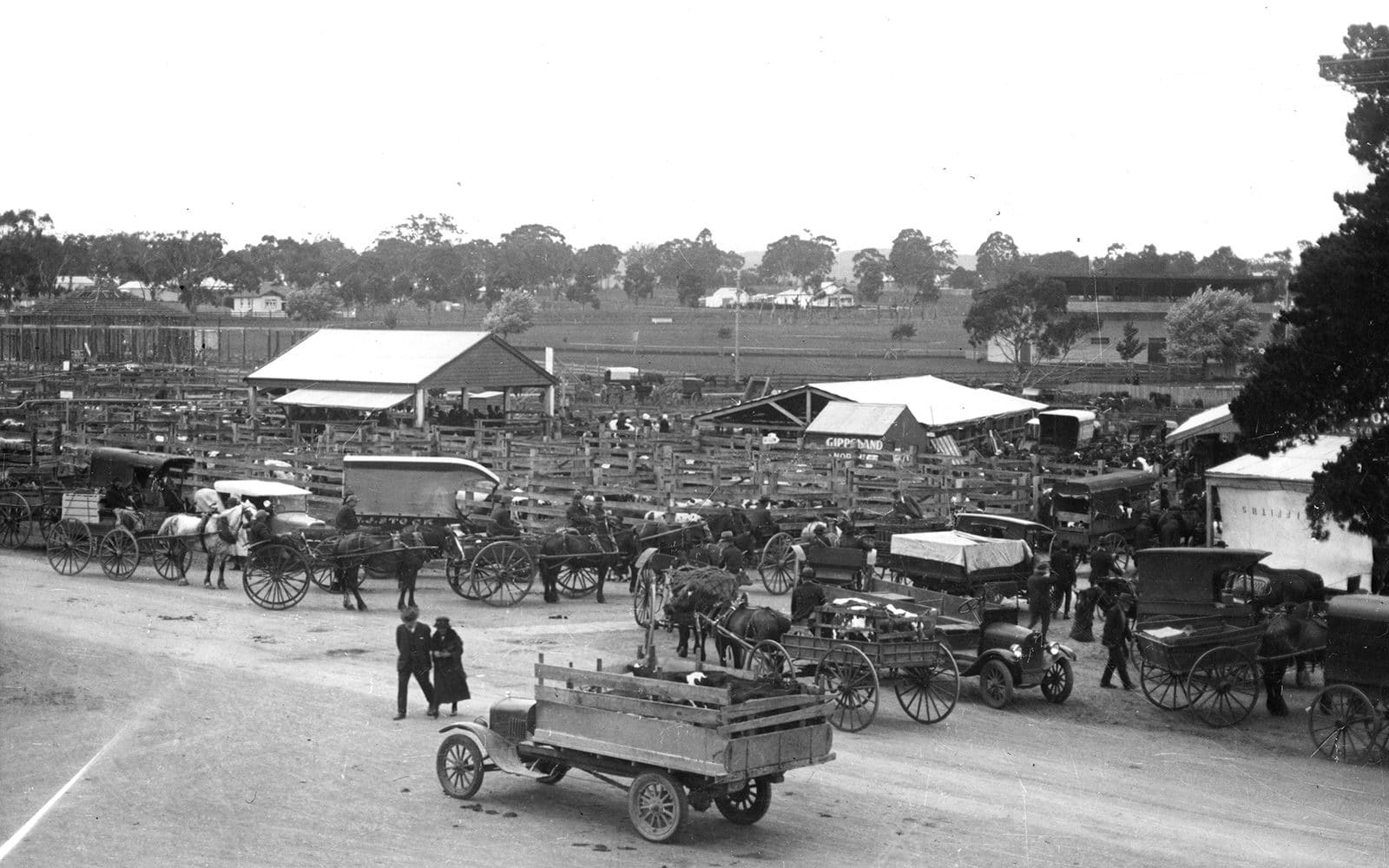
Dandenong Market: Celebrating 150 Years
Order Dandenong Market: Celebrating 150 Years hardcover coffee table book ($30) from Slattery Media. Copies can also be purchased from Dandenong Market’s Market management Office located at 40 Cleeland Street.
Order Dandenong Market: Celebrating 150 Years hardcover coffee table book ($30) from Slattery Media. Copies can also be purchased from Dandenong Market’s Market management Office located at 40 Cleeland Street.
